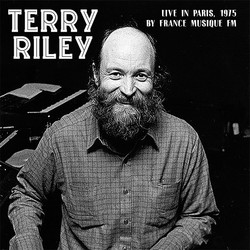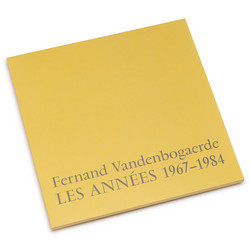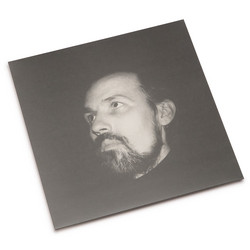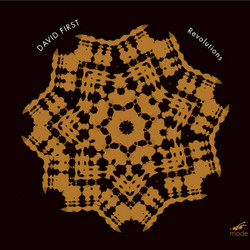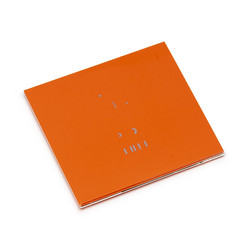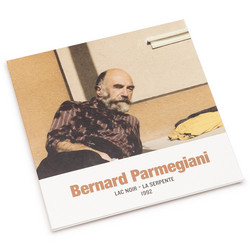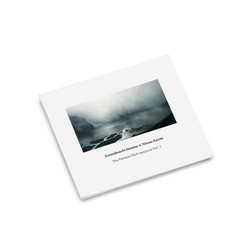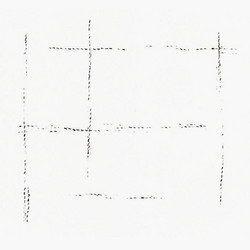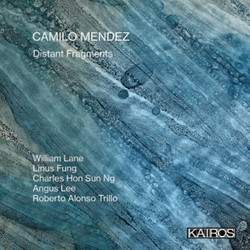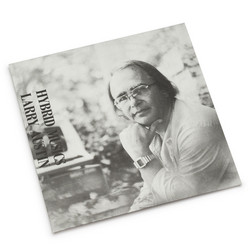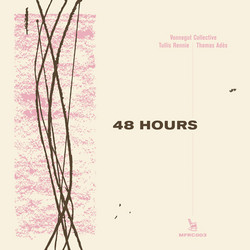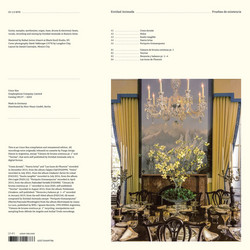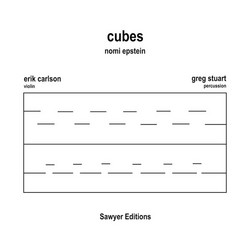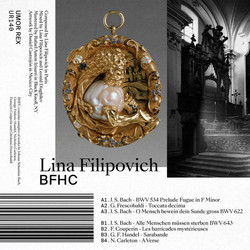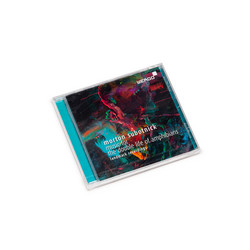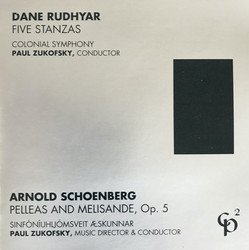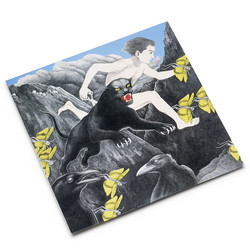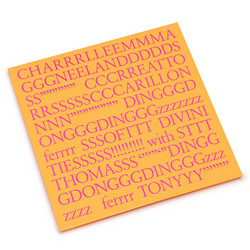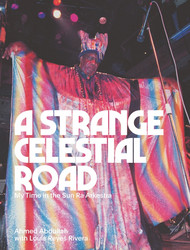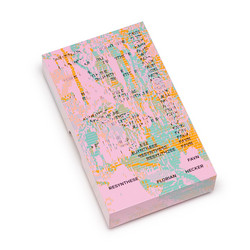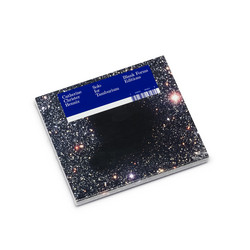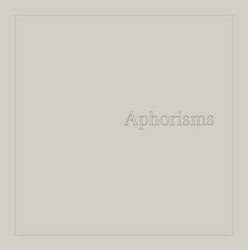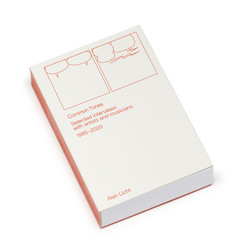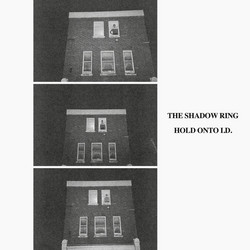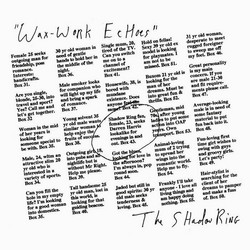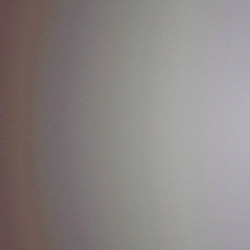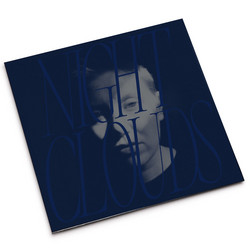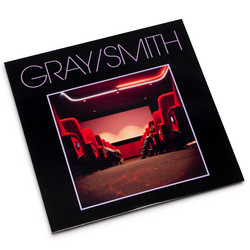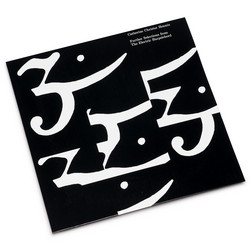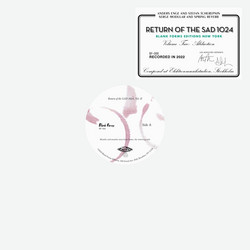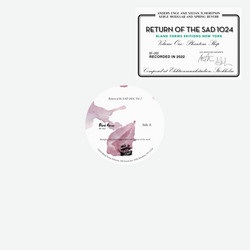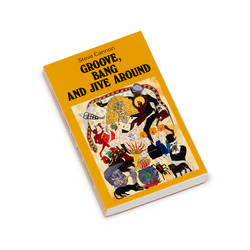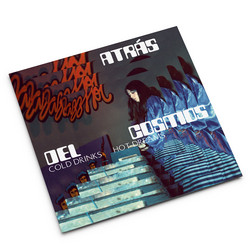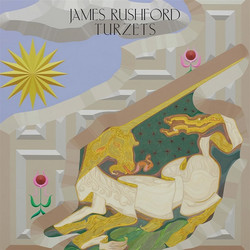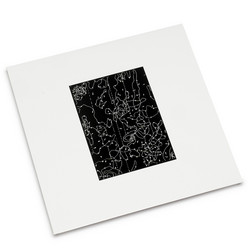“Mapping” here refers to the interest of composer Larry Austin (1930–2018) in the adaptation of external structures (such as mathematical figures or shapes observed in nature) for the purpose of generating compositional material. This concern was shared by his PhD composition students at the university of North Texas, three of whom—Rodney Washka II, Gene De Lisa, and Robert Michael Keefe— are represented on Cartography. Each experimented with the possibilities of the Synclavier digital music system at the university’s Center for Experimental Music and Intermedia, where Hunt was devising his own work, “Fluud,” on the synthesizer at the same moment. Throughout the ’80s, Austin developed a particularly strong interest in fractal geometry and the work of French mathematician Benoit Mandelbrot, an excitement that is reflected in the naming of De Lisa’s “Missa Fractalis” and Keefe’s “Fractalis Balinesus.” De Lisa adapted his piece from data collected by parsing Latin text, while Keefe, a jazz guitarist, structured his work around the Pythagorean monochord. Waschka’s “Euwe Suite” translates a number of chess games by the Dutch player Max Euwe into five uncanny short-form compositions, where each square on the board is assigned a different pitch and is sounded at a distinct timbre depending on the piece that lands on it. His “Runes,” accompanied in performance by 35-mm slides, was adapted from the ancient symbols of its namesake. The three composers, occasionally joined by fellow student Gary Cattley, performed these and other works throughout Texas in 1986 and 1987, including during a short tour in summer 1986 billed as the “New Cartographers.”
